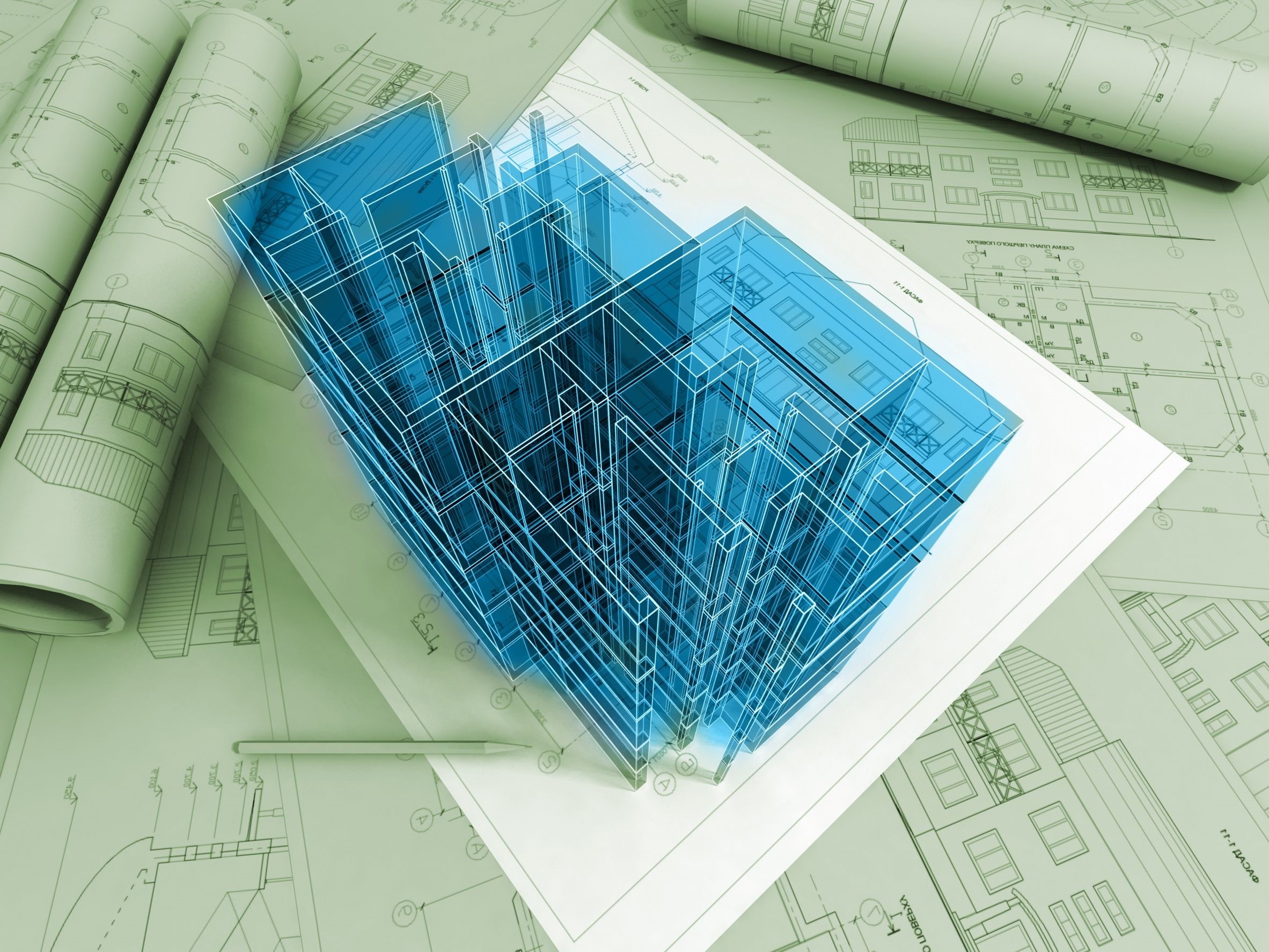
Computer Aided Drafting
Engineering drawings have been in use for more than 2000 years. However, the use of orthographic projections was formally introduced by the French mathematician Gaspard Monge in the eighteenth century.
Since visual objects transcend languages, engineering drawings have evolved and become popular over the years. While earlier engineering drawings were handmade, studies have shown that engineering designs are quite complicated. A solution to many engineering problems requires a combination of organization, analysis, problem solving principles and a graphical representation of the problem. Objects in engineering are represented by a technical drawing (also called as drafting) that represents designs and specifications of the physical object and data relationships. Since a technical drawing is precise and communicates all information of the object clearly, it has to be precise. This is where CAD comes to the fore.
CAD stands for Computer Aided Design. CAD is used to design, develop and optimize products. While it is very versatile, CAD is extensively used in the design of tools and equipment required in the manufacturing process as well as in the construction domain. CAD enables design engineers to layout and to develop their work on a computer screen, print and save it for future editing.
When it was introduced first, CAD was not exactly an economic proposition because the machines at those times were very costly. The increasing computer power in the later part of the twentieth century, with the arrival of minicomputer and subsequently the microprocessor, has allowed engineers to use CAD files that are an accurate representation of the dimensions / properties of the object.
